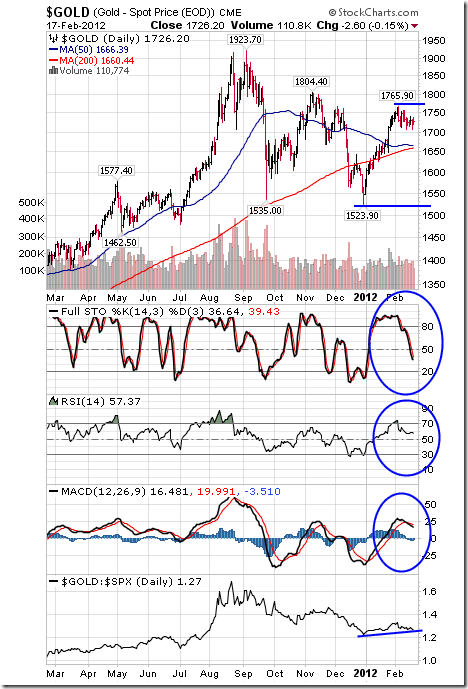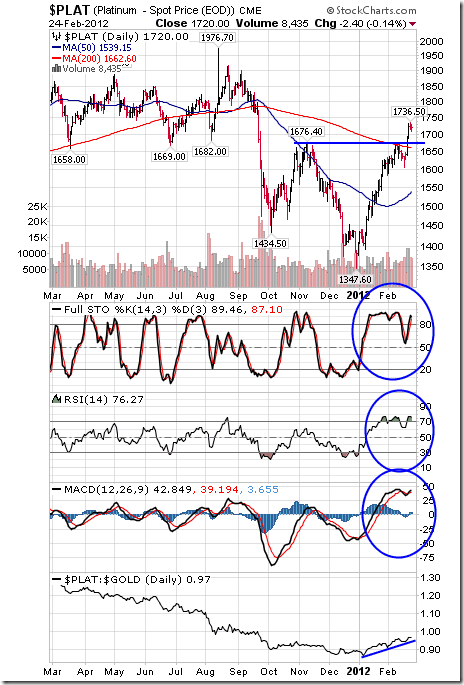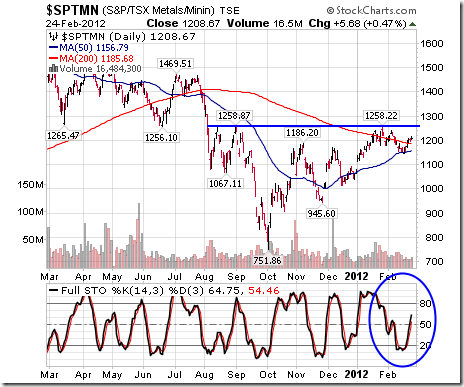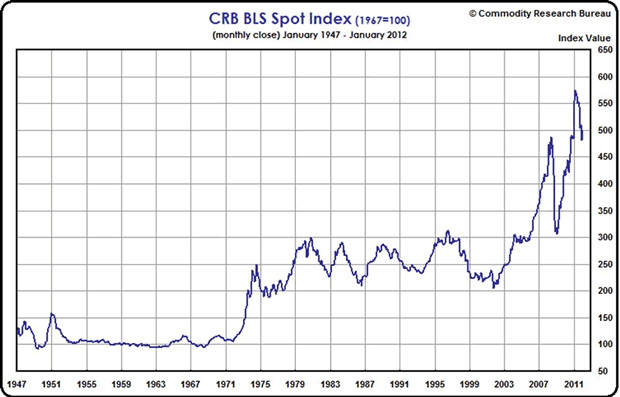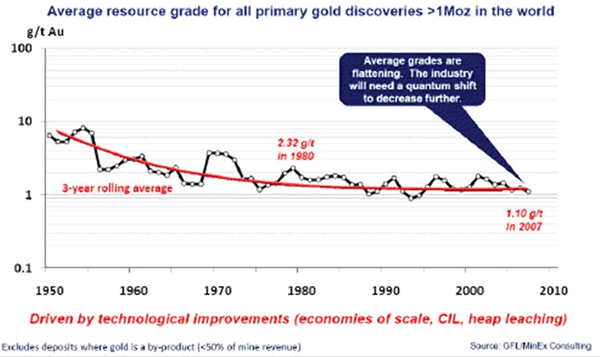Gold & Precious Metals

From the Tulip Mania of the 1600s all the way to the recent housing bubble, market manipulators have employed a wide range of tactics to lighten the wallets of unsuspecting investors.
And even though market manipulation is prohibited in the U.S. under a section of the Securities Exchange Act of 1934– it’s as American as apple pie.
Everyone from high-ranking government officials to investment bankers have been caught with their hands in the cookie jar.
The list includes scofflaws like Ivan Boesky, Michael Milken, and Jack Abramoff.
Jim Cramer, the host of CNBC’s “Mad Money,” said he regularly manipulated the market when he ran his hedge fund, calling it “a fun…and lucrative game.”
Not surprisingly, a recent study found that those closest to the information loop -corporate insiders, brokers, underwriters, large shareholders and market makers – are most likely to be the perpetrators.
To give you an idea of how things work, here are three notorious examples of market manipulation.
Stock Market Manipulation Is
as Old as the Hills
1) The Erie War: In 1867, American financier and railroad builder Jay Gould sat on the board of directors of the financially troubled Erie Railroad.
In what is known as the ‘Erie War’ Gould fought to keep Cornelius Vanderbilt from acquiring Erie and consolidating the industry.
To pull it off, Gould issued 100,000 shares of new Erie stock by illegally converting debentures.
He then used the money to bribe New York legislators to make the conversion legal. Outfoxed, Vanderbilt settled, receiving $1 million as a sweetener.
Afterwards, Gould vastly expanded Erie’s debt and launched it on an expansion campaign. Meanwhile, he sold its stock short, and made a killing before Erie went bankrupt in 1875.
2) The Enron Scam: After merging two gas pipeline companies to form Enron Co. in 1985, Ken Lay helped establish the market for selling electricity. Later, he successfully lobbied the U.S. Congress to deregulate the sale of natural gas.
Enron soon began trading these markets to drive up energy prices and significantly increase its revenue. Meanwhile, Lay and CEO Jeff Skilling used accounting loopholes and misappropriated investments to keep billions in debt off the books.
But perhaps their greatest feat was their ability to pressure Arthur Anderson & Co. staffers to cooperate in fooling the board of directors and audit committees.
Investors lost more than $70 billion when the Enron scandal ended in one of the biggest bankruptcies in history, driving its stock down from a high of $90 per share in mid-2000 to less than $1 by the end of November 2001.
Andersen, one of the five largest accounting partnerships in the world, lost most of its customers and shut down.
The scandal eventually led to the enactment of the Sarbanes-Oxley Act to expand the accuracy of financial reporting for public companies and punish those attempting to defraud shareholders.
3) The Internet Swindle: It used to take rooms full of stockbrokers feverishly working massive phone banks to manipulate a company’s shares.
Now anyone can reach millions of potential traders instantly, all while remaining completely anonymous.
In 1999, two UCLA students drove the stock of a bankrupt printing company from 13 cents to more than $15 in twotrading days, dramatically demonstrating how the Internet had transformed the old game of stock market manipulation.
The students had spent two weeks acquiring 97% of the thinly traded stock of NEI Webworld Inc., The New York Times reported. After the market closed on Friday, they sent out hundreds of messages on Internet bulletin boards touting a takeover and the huge profits to come.
On Monday, based on orders made by those who believed the fake postings over the weekend, the stock rocketed up 106,600% to $15.50a share–in a half- hour.
The students sold their shares into the buying frenzy and eventually bagged over $350,000 in profits. NEI shares closed that day at 75 cents.
Is Silver Next?
The latest market manipulation could be ripped from the pages of a Hollywood thriller, according to Peter Krauth, a highly regarded expert in metals who runs the Global Resource Alert investment service.
Only this story is not fiction… and it’s happening now, he says.
Krauth spent the last six months conducting an exhaustive investigation of a backroom deal to keep the price of silverartificially depressed. Now he’s ready to expose what’s been going on behind the scenes in the silver market and why the price is headed to $200 or more.
He reveals all the details – and how investors can profit – in a free report.
You can access it HERE.
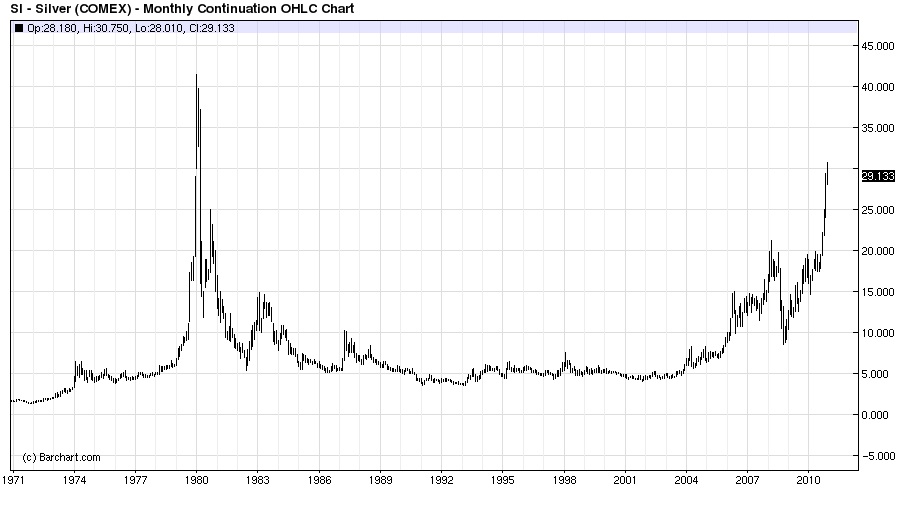

One of the ways I look at the market is in terms of a giant teeter-totter…I see the market swinging up and down as psychology changes from bullish to bearish. I try to judge what the prevailing mood is, relative to whatever time frame I’m using, and then either establish a position in line with the trend or look for signs that the trend is about to change. I use hard data such as the COT reports, gut instincts such as how a bull market takes bad news, and chart patterns to gauge whether a trend is likely to continue or reverse. I’m mindful that market trends often go far beyond what I think is reasonable so I’ve developed a risk management technique I call, “Anticipate…but wait for confirmation,” to restrain myself from trying to pick tops and bottoms.
We had the biggest credit blow-out in history in 2007-08 (after 30 years of boom times) and asset markets collapsed in anticipation of a depression. Authorities around the world countered the deflationary forces with massive fiscal and monetary stimulus (again and again and again.)
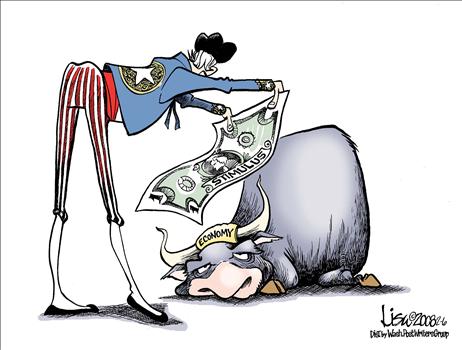
In teeter-totter terms the market will rally when it thinks that the authorities are prevailing (like now) and will fall (like August/September of last year) when it thinks that the authorities are losing the battle against deflation. So we have risk-on, risk-off, as public confidence in central planning waxes and wanes.
…..read more of Victor’s analysis HERE

It is said that markets discount the stuff we do know and run on the stuff we don’t. Let’s take a look at what we do know, might know, and some best guesses about the future (called forecasts by “serious” analysts), as it relates to the rally in EUR/USD:
1. Euro short rates relative to the US have turned higher again, i.e. the yield differential in favor of euro is improving.
Question: Will this continue?
Best Guess: I don’t think so because euro supply may begin to overwhelm demand (see #2 below). And if US growth is for real, and a the 10 nation Eurozone recession is for real, one would expect US 3-month benchmark rates to drift higher relative to the euro.
2. European Central Bank expected to flood banks with more credit next week; euro seemed to rally sharply on the last round of Long-term Refinancing Operations (LTRO) by the European Central Bank, i.e. three-year term loans to the European banking system.
Question: Will we see the same type of rally in the periphery debt this time around?
Best Guess: Unlikely, in fact it might be a good time for those who bought last time to sell into the next round of ECB Long-term Refinancing Operations. If so, if the EUR/USD rally shows signs of stalling next week, it could be time to start looking the other way.
3. There is a lot of Fed jawboning about the potential for QE3.
Question: Is QE3 baked in the cake?
Best Guess: I don’t think so. Two points here: 1) If the US recovery is for real, it doesn’t make sense that Fed Governors are so boisterous about the potential for QE3; and 2) Even Ben Bernanke (going out on limb here) has to understand that monetary policy stimulus has limits that become counterproductive at some stage and many, including me, think we are into the counterproductive territory. Plus, how will QE3 that sits on US banks’ balance sheets help any more than the pledge to hold Fed Funds rates low into 2014, in and of itself an incredible act by a central bank chief? It is what a rational person, assuming Ben is rationale, may ask himself.
Bottom line: Though the recent move in EUR/USD is powerful, I think it is a relatively near-term event. Here’s why: 1) If the US is really growing, the dollar at some point wins on growth and yield relative to euro. Growth and yield are the intermediate-term drivers for currencies, and 2) if the US goes back into recession, a case we made in our latest Global Investor monthly issue; Europe goes into an even deeper one and China is in trouble too. This means the US dollar, for all its warts, gets a big risk bid.
We watch and see how reality plays out against our best guesses …

Captain of our fairy band,
Helena is here at hand,
And the youth, mistook by me,
Pleading for a lover’s fee.
Shall we their fond pageant see?
Lord, what fools these mortals be!
– A Midsummer Nights Dream Act 3, scene 2




